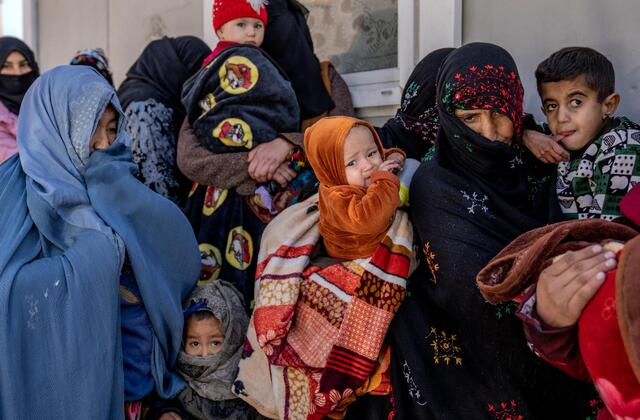Afghanistan is grappling with its most severe spike in child malnutrition to date, the World Food Program revealed on Monday, underscoring a desperate need for $539 million in funding to support the country’s most vulnerable families.
The humanitarian agency reported that nearly 10 million Afghans, approximately one-quarter of the population, are experiencing acute food insecurity, with one in every three children suffering from stunted growth.
The WFP attributed the alarming increase in malnutrition to a sharp reduction in emergency food aid over the past two years, largely due to shrinking international donor contributions.
A major setback occurred in April when the U.S. government under President Donald Trump halted its food assistance to Afghanistan, a country already ranked among the poorest in the world.
Previously, the United States had been WFP’s largest donor, contributing $4.5 billion of the total $9.8 billion received in global donations last year.
Former American administrations had prioritized humanitarian support to Afghanistan as a strategic measure to combat conflict, poverty, extremism, and irregular migration.
Further complicating the crisis is the growing influx of Afghans forced to return from neighboring countries.
Deportations of undocumented migrants are putting additional pressure on already strained resources.
In just the last two months, the WFP has managed to support 60,000 Afghans returning from Iran, only a fraction of the total number crossing the border.
“Going forward, the WFP does not have sufficient funding to cover the returnee response at this time and requires $15 million to assist all eligible returnees from Iran,” said WFP Communications Officer Ziauddin Safi.
He also noted that the agency is in urgent need of $539 million to sustain operations supporting Afghan families through January.
Compounding the humanitarian emergency is the worsening impact of climate change. Drought conditions, diminishing water supplies, shrinking arable land, and frequent flash floods are devastating rural communities.
“Drought, water shortages, declining arable land, and flash floods” are having a “profound impact” on livelihoods and the economy, said Matiullah Khalis, who leads Afghanistan’s National Environmental Protection Agency.







